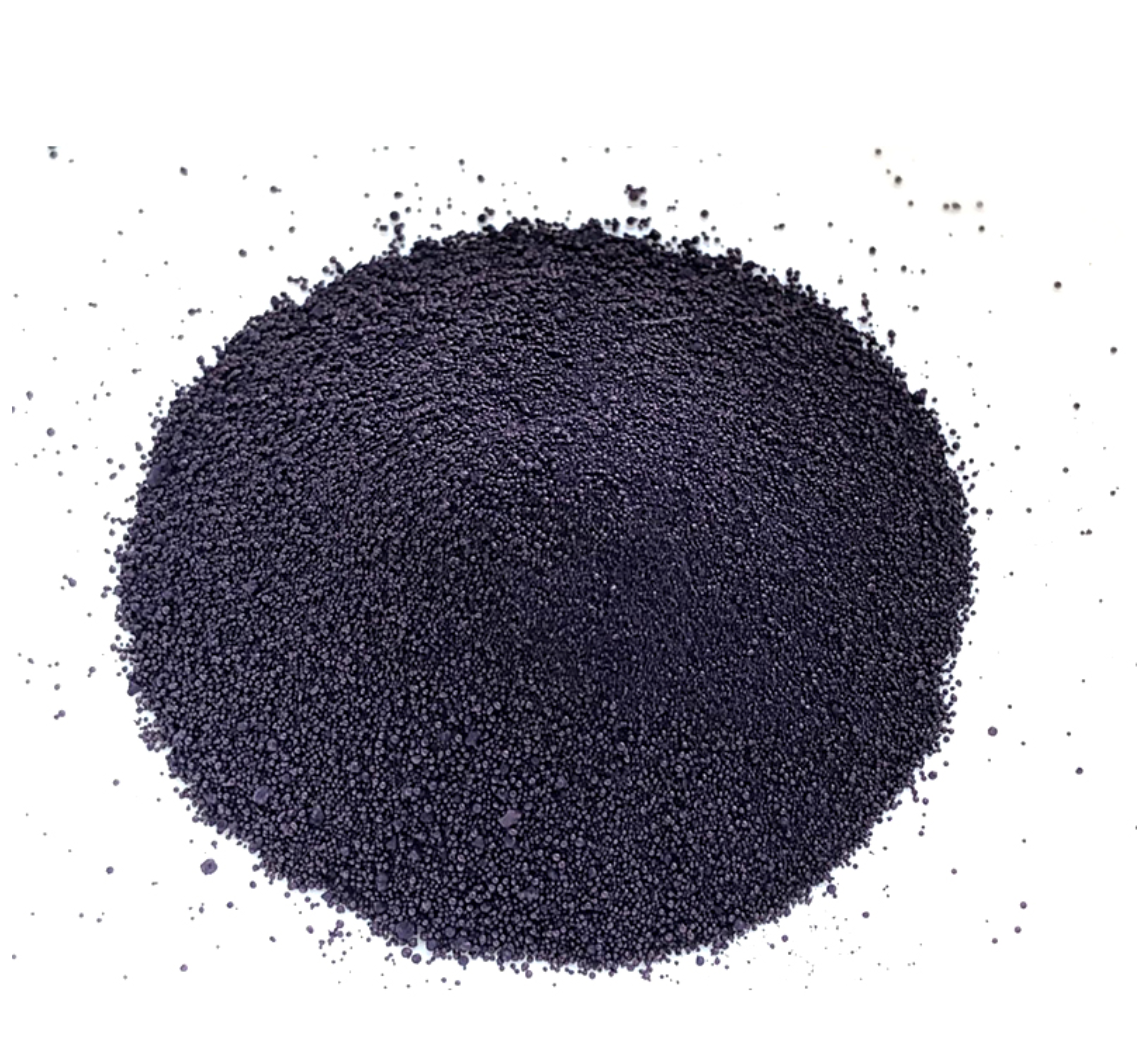Premium Indigo Black Powder Manufacturer | High-Quality Dyes and Pigments
Understanding Indigo Black Powder Manufacturing
Indigo black powder, a form of indigo dye that exhibits a deep blue-black color, has a rich history intertwined with various applications, from textile dyeing to modern industrial uses. The manufacturing process of indigo black powder has evolved significantly over the years, adhering to global standards for quality and sustainability.
The Historical Context
The use of indigo dates back thousands of years, with origins traced to ancient cultures in Asia, Africa, and the Americas. Traditionally, indigo was extracted from the leaves of the Indigofera plant. The dye was known for its vibrant color and was prized for its ability to create shades that were both fade-resistant and durable. As global trade expanded, so did the use of indigo, with manufacturers seeking to meet the growing demand for this versatile dye.
Modern Manufacturing Techniques
Today, indigo black powder is primarily produced through synthetic processes, which bring several advantages over traditional methods
. These synthetic routes often utilize various chemicals to achieve the desired color and stability while minimizing the environmental impact associated with agricultural practices.The production process generally begins with the synthesis of indigo in a controlled environment. Key reagents, such as aniline or indole, are carefully combined under specific conditions to create the indigo pigment. Following synthesis, the indigo is precipitated, filtered, and then washed to remove impurities. The resultant indigo is then dried and ground into a fine black powder, making it suitable for a variety of applications.
indigo black powder manufacturer

Quality Control and Sustainability
Manufacturers of indigo black powder prioritize quality control to ensure that their products meet the required standards. This involves rigorous testing of the pigment's solubility, colorfastness, and dispersibility. Many manufacturers also adhere to international regulations regarding chemical safety and environmental impact. The push toward sustainable practices has led to the adoption of greener production methods that minimize waste and reduce carbon footprints.
Moreover, some manufacturers are exploring the use of bio-based indigo alternatives, derived from plant sources. This innovative approach not only caters to the eco-conscious market but also aims to reduce dependency on synthetic chemicals, thus promoting sustainability in dye production.
Applications of Indigo Black Powder
The applications of indigo black powder are vast. In the textile industry, it remains a popular choice for dyeing denim, offering the characteristic deep hue that is synonymous with blue jeans. Beyond textiles, indigo black powder is also utilized in the cosmetics industry for coloring products and in art supplies for creating rich pigments. Additionally, its use in the plastic and coatings industries is on the rise, where it serves as a colorant and UV stabilizer.
Conclusion
Indigo black powder manufacturing is a blend of art and science, rooted in history yet continually evolving to meet modern standards of quality and sustainability. As industries seek color solutions that are both vibrant and environmentally friendly, the advancement of indigo black powder production will remain crucial. By embracing innovative techniques and sustainable practices, manufacturers will not only preserve the legacy of indigo but also contribute positively to global markets. With a consistent commitment to quality and sustainability, the future of indigo black powder looks promising, ensuring its place in various applications for years to come.
-
The Timeless Art of Denim Indigo Dye
NewsJul.01,2025
-
The Rise of Sulfur Dyed Denim
NewsJul.01,2025
-
The Rich Revival of the Best Indigo Dye
NewsJul.01,2025
-
The Enduring Strength of Sulphur Black
NewsJul.01,2025
-
The Ancient Art of Chinese Indigo Dye
NewsJul.01,2025
-
Industry Power of Indigo
NewsJul.01,2025
-
Black Sulfur is Leading the Next Wave
NewsJul.01,2025

Sulphur Black
1.Name: sulphur black; Sulfur Black; Sulphur Black 1;
2.Structure formula:
3.Molecule formula: C6H4N2O5
4.CAS No.: 1326-82-5
5.HS code: 32041911
6.Product specification:Appearance:black phosphorus flakes; black liquid

Bromo Indigo; Vat Bromo-Indigo; C.I.Vat Blue 5
1.Name: Bromo indigo; Vat bromo-indigo; C.I.Vat blue 5;
2.Structure formula:
3.Molecule formula: C16H6Br4N2O2
4.CAS No.: 2475-31-2
5.HS code: 3204151000 6.Major usage and instruction: Be mainly used to dye cotton fabrics.

Indigo Blue Vat Blue
1.Name: indigo blue,vat blue 1,
2.Structure formula:
3.Molecule formula: C16H10N2O2
4.. CAS No.: 482-89-3
5.Molecule weight: 262.62
6.HS code: 3204151000
7.Major usage and instruction: Be mainly used to dye cotton fabrics.

